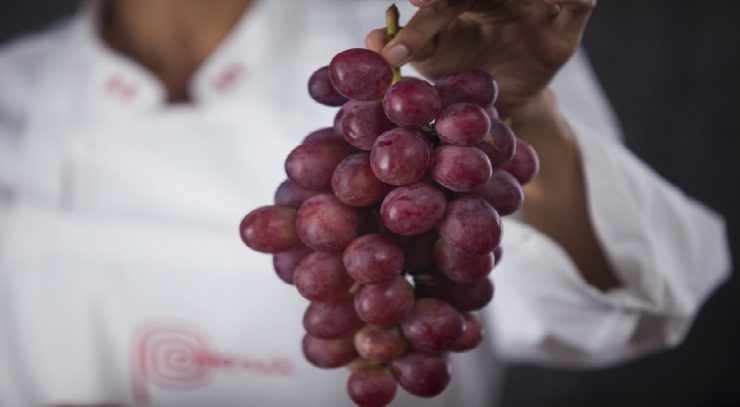PERU maintains the Asian market as its target with the aim of being a strategic partner for its fresh produce exports. In addition to being one of the Latin American countries with strong international influence, food exports are second in terms of major currency earners.
Although North America and the European Union remain one of the main target markets, the growth of trade with Asia in the fruit and vegetable sector has developed very positively over the last few years. In the January-October 2021 period, agricultural food exports rose 30% in Indonesia and earned a value close to US$29 million. This figure is a significant increase compared to US$22 million recorded in the same period in 2020.
Meanwhile, the main agro-export product to Indonesia is raw cocoa beans, a product that contributes about 94% of Peru’s shipments to this market. In fact, in 2020, Peru will become the fifth largest supplier of this product to Indonesia.
Other notable products include tara gum (US$715,000), fresh pomegranates (US$294,000), and fresh grapes (US$176,000). According to this year’s Asia Fruit Congress Statistics Handbook, the trend of imports in Indonesia, which has been maintained for the past few years, has become more stable, in the trade balance, which has outpaced exports.
With a population of 273.5 million and a per capita fruit consumption of more than 80 kg per year, the popularity of fresh produce such as grapes is steadily increasing. This is why this market has great potential for growth in terms of increasing Peru’s food exports and strengthening its relationship with the Association of Southeast Asian Nation.
The main destination markets for Peruvian agri-food products in Asia in 2020 are China (US$182 million), Hong Kong (US$158 million), South Korea (US$116 million) and Japan (US$89 million). In Southeast Asia, the main destinations were Indonesia (US$11.5 million), Malaysia (US$6.4 million), Thailand (US$8 million), Vietnam (US$4 million) and Singapore (US$1.4 million). [traveltext.id]
















